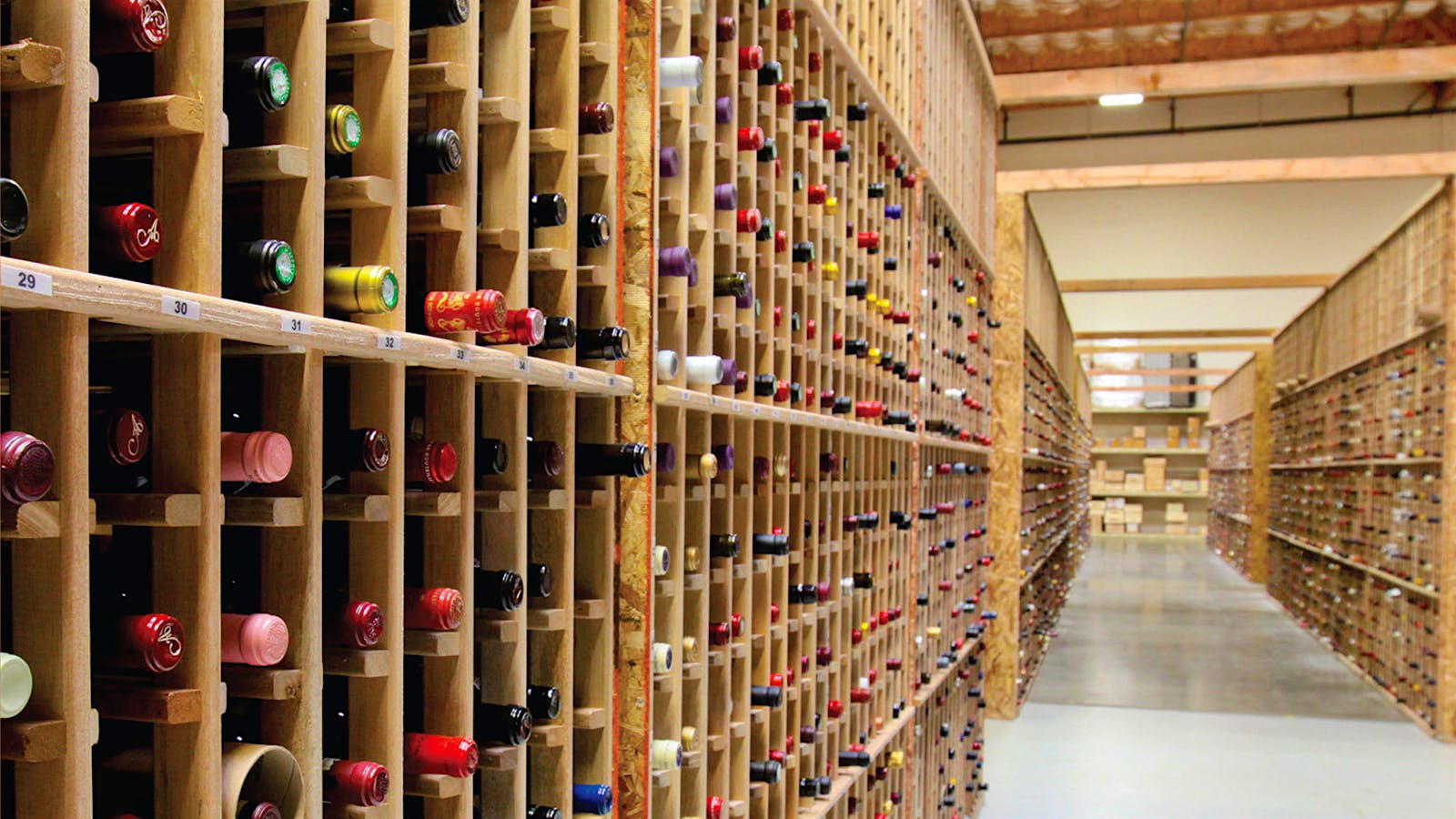When the COVID-19 pandemic took hold of the country a year ago, traditional wine auctions had to move their gavels fully online. For the past decade, houses such as Zachys and Christie’s had already been conducting partially online sales with most bids coming from absentee buyers. The pandemic forced them to develop more creative online strategies.
But what about the auctioneers who were already online? Digitally focused auction houses have also found big opportunities in the past year. The most established player in online-only wine auctions is WineBid.com, a Seattle-based company that was founded 25 years ago and is growing dramatically.
Weekly auctions are at the core of WineBid.com’s business model, offering 52 auctions per year where wines are open for bidding from Sunday to Sunday. In 2018 and 2019, WineBid.com accounted for nearly 40 percent of total Internet wine auction totals, selling $60 million worth of wine. According to WineBid.com senior marketing manager Tess Roche, the website saw a 30 percent increase in returning bidders in 2020.
The firm says that those bidders have also become increasingly diverse, both demographically and in their tastes. CEO Russ Mann, an e-commerce vet who joined the company in 2019, credits that shift to younger wine lovers who grew up with the Internet.
“We’ve seen the personas of wine buyers go from predominantly older white male to more diverse, younger male and female,” Mann told Wine Spectator. “Buyers are more global too, and more interested in wines from Australia, New Zealand, South America, along with biodynamic New World wines.” He also adds that there is increased demand for wines from Washington, Oregon, France’s Rhône Valley and even the Jura.
When it comes to demographics, 46 percent of WineBid.com’s buyers are between 25 and 45 years old, 36 percent 45 to 65 and 18 percent are 65 or over. Mann believes the shift toward younger customers is in line with an increase in mobile users as well. In 2020, 55 percent of bidders used mobile devices, up from 46 percent in 2019.
WineBid.com acquires consignments in the same way most traditional houses get wine: Sellers reach out, receive an estimate or appraisal, then ship the wine and get paid once the wine is sold. All the wines are stored in a climate-controlled warehouse in Napa. During the pandemic, WineBid.com has also accepted consignments from struggling restaurants and helped raise more than $120,000 for local restaurant workers through a charity wine auction last year.
Traditional auction houses have been increasing their online sales too in the past decade, and the pandemic has accelerated that. While they’ve conducted livestreamed auctions, they’ve also held completely virtual sales, similar to WineBid.com’s. “All of [this remote bidding] helped make ‘the room’ more obsolete, the bidders more global, more private, and COVID just did this a bit further,” Charles Antin, Zachys head of auction sales and auctioneer, told Wine Spectator via email.
Antin says that Zachys made $11.4 million in online sales in 2019 and $13 million in 2020. He adds that all of the online sales in the past year have closed 30 percent over the low estimate, with 99 percent of the lots sold. He believes the pandemic shifted spending on travel and restaurants to auctions.
Acker executives say they saw a 25 percent increase in bidders at two auctions held online in 2020 that were in-person in 2019. The firm expanded its online presence by introducing weekly web auctions. It closed 2020 with $122 million in sales, its highest total to date. Christie’s also saw an increase in wine buyers and online sales when it auctioned off the Benjamin Ichinose Collection in July 2020. The sale of the California wine collector’s cellar brought $2.4 million, the highest total ever for an online sale by Christie’s.
Does this mean more competition between traditional and digital auctioneers?
“I would say anyone who sells wine from private collections is competition for a ‘traditional’ auction house,” Antin said. “I believe we need to be cognizant of everyone in the space, and that definitely includes rare retailers too. The ‘pie’ is not just the major wine auction houses—it’s that plus everyone selling rare wine retail, too.”
As for competition from traditional houses getting into the online space, Mann is hesitant to admit the playing field is getting crowded. He says the company has always felt that, “there are East Coast auctions, then there’s us.” With 25 years of experience selling wine online, WineBid.com has courted a younger generation of wine collectors, sommeliers and other wine trade members by not only offering rarities fetching five-figure sums but also $20 bottles of Burgundy and Riesling. If anything, Mann says buyers and sellers stand to benefit from the constant innovation from both digital and traditional houses.
“Everybody is introducing new things, which really accrues at the end of the day to the consignors and buyers in the space,” Mann said. “We’ve seen a big broadening of buyers, and all these different formats and features just make it more exciting for buyers in general.”
Mann believes that as global wine auctions grow 15 to 20 percent every year, digital sales will be one of the highest growth areas of that increase. “I believe that’s going to continue to accelerate,” Mann said. “I think we’ll see more global participation and a much larger share of that be digital because, at the end of the day, that’s where the world is going.”
Want to get the latest news on collectible wines and the auction market? Sign up for Wine Spectator‘s free Collecting e-mail newsletter and get a new top-rated wine review, collecting Q&As and more, delivered straight to your inbox every other week!
